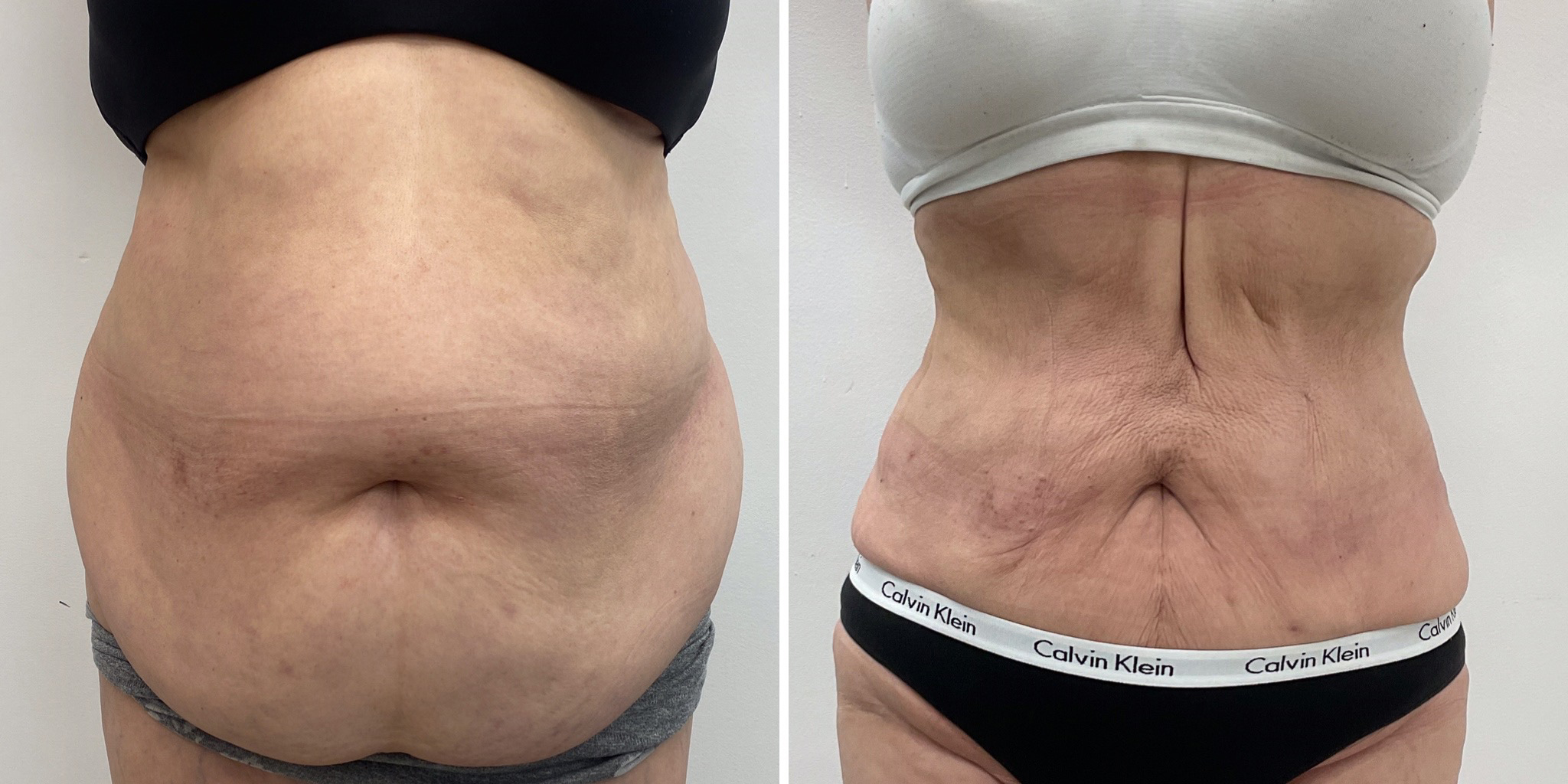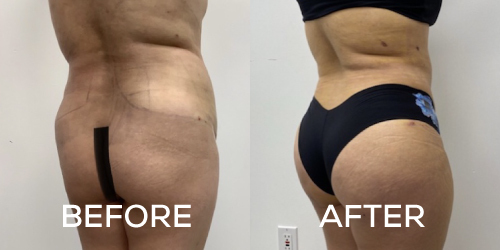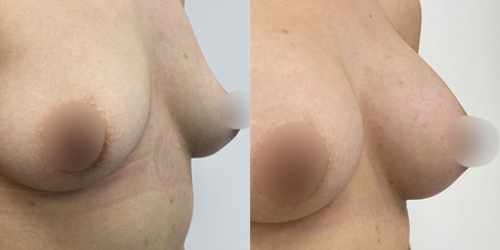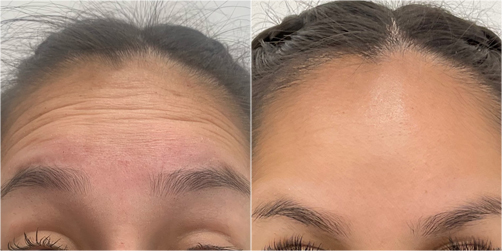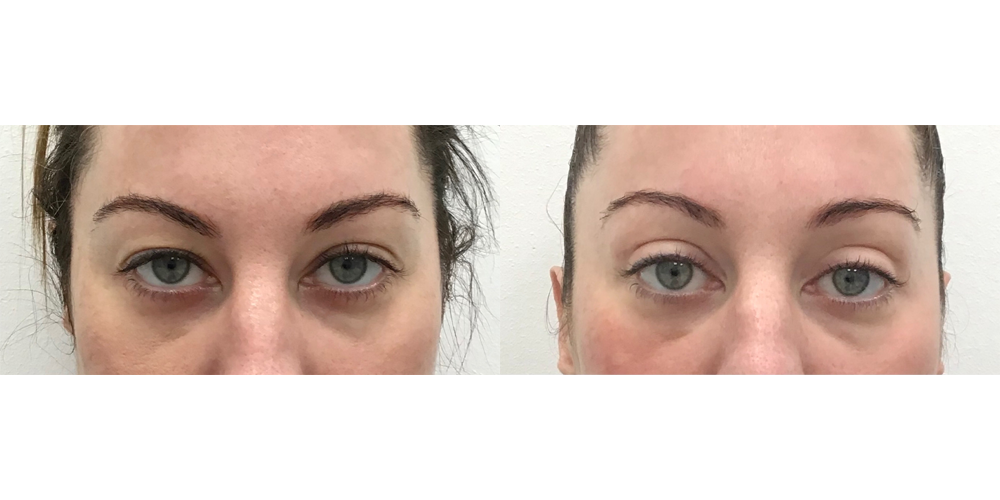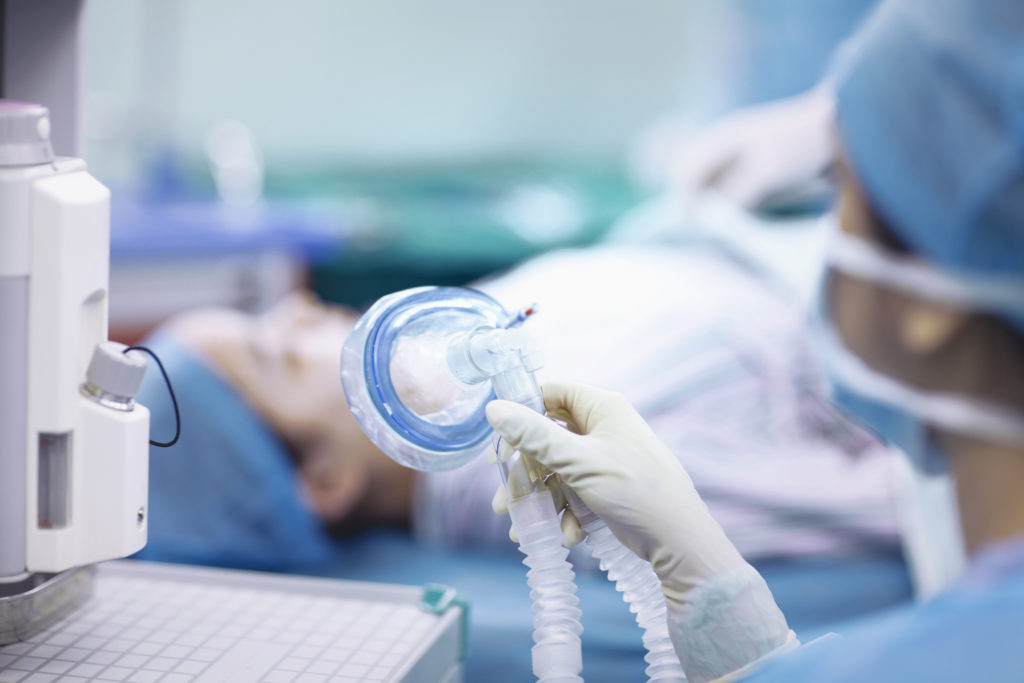“Awake” local anesthesia is anesthesia administered to a patient before a surgical procedure that allows the patient to remain conscious, but pain-free and relaxed.
Also known as conscious sedation, this method is quickly becoming the preferred mode of anesthesia among patients and surgeons. This method of anesthesia uses carefully monitored medications that work locally to numb the area being treated and relax the patient. Studies show that conscious sedation has improved safety, lower costs, and faster recovery times than general anesthesia. (1) General anesthesia is not in fact a sleep state, but is rather a chemically induced coma that comes with several risk factors.
Dr. Hannah Vu puts the comfort and safety of her patients first.
In her 25 years of practice, she’s performed thousands of surgeries. Her experience and meticulous attention to detail and aesthetic artistry have led her to develop the best practices for optimal outcomes.
At the Skinzone offices in Santa Ana and Alhambra, you can rest assured that whatever procedure you choose, you’ll be resting comfortably. Whether undergoing a breast augmentation, liposuction, or facelift, you now have the option of safe yet potent local anesthesia. To learn more about how awake anesthesia will benefit your surgery, contact the Skinzone offices.
Call (626) 329-4555 to reach our office in Alhambra, and (714) 361-1555 to speak with the team at our office in Santa Ana.
Contents
About Anesthesia
The physician and poet Oliver Wendell Holmes coined the term “anesthesia” in 1846 after he witnessed the first public demonstration in which a patient was administered ether to eliminate all sensation before surgery. The introduction of anesthesia was a life-saving development; surgeries that were formerly too painful and lengthy to be performed could now be undertaken with the patient safely sedated. (2)
Nearly 200 years later, anesthesia is a precise science that continues to save lives. But like everything else, doctors and patients have more options with greater benefits and safety. The patient that Holmes observed in the 1800’s was rendered unconscious, and although ether is no longer used, general anesthesia works similarly.
Risks of General Anesthesia
While general anesthesia is necessary for some surgeries, it carries some well-known risks. Its effects on the brain include the possibility of killing neurons that are essential for forming memories. Because general anesthesia also slows the body’s crucial functions, it requires a breathing tube to ensure that the body stays oxygenated, and blood pressure and heart rate must be closely monitored.
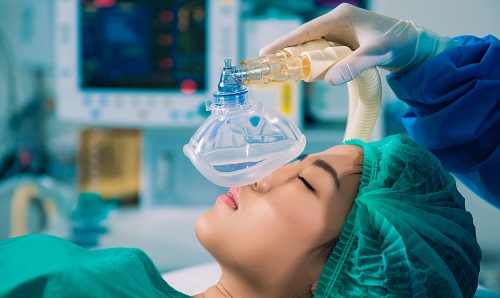
In a study that analyzed cosmetic surgery procedures, general anesthesia was the cause of 75% of complications that required a transfer to the hospital. (3) Patients that undergo general anesthesia are at risk for postoperative nausea and vomiting (PONV), which can be dangerous if they are not fully conscious, and presents the risk of choking.
Anesthetic complications also include the development of deep vein thrombosis, which can lead to fatal pulmonary embolisms. (1)
Benefits of Awake Anesthesia
Awake anesthesia, or conscious sedation, is a form of local anesthesia that avoids these complications. Local anesthetics work by preventing the nerves in the affected area from communicating sensations of pain to your brain. This obstructs the nerve impulses near the site of injection without changes in awareness and sense perception in other areas of the body. (4)
Awake anesthesia allows the patient to breathe on their own, so there is no need for a breathing tube.
According to the American Society of Anesthesiologists, conscious sedation is a drug-induced depression of consciousness during which patients still respond positively to verbal commands or light touch. (5) Also called “twilight sedation,” conscious sedation uses local anesthesia for the treated area. This keeps the patient completely comfortable during the procedure. It can be combined with an IV drip, oral medication, or nitrous oxide to keep the patient relaxed, but conscious. IV sedation is administered and monitored by a certified anesthesia provider.
Also commonly known as “twilight sedation,” the patient is sedated but awake.
They should not feel or remember discomfort, and the addition of localized anesthesia should numb the affected area and keep them comfortable during and after surgery. When properly administered, conscious sedation is safer, has a lower incidence of PONV, and provides a shorter recovery. (5)
Candidates
Because awake anesthesia does not require breathing assistance, a good candidate for awake anesthesia will not have any underlying medical conditions that may inhibit their ability to breathe while under conscious sedation.
- Healthy body weight
- Good neck mobility and absence of excessive neck fat
- No history of snoring or sleep apnea
- Low level of anxiety
- Clear airway and healthy respiratory system
If any of these apply to you, then conscious sedation may not be an option for you. It is important that any patient considering having surgery under conscious sedation finds a surgeon with the appropriate experience, knowledge, and team. At Skinzone, patient comfort and safety are paramount, and our reviews speak for themselves. Dr. Vu and our experienced team make it a point to give each patient their total attention and stay up to date on the latest medical developments. To stay up to date with the latest in cosmetic procedures, follow our blog.
Personal Consultation
During your personal consultation with Dr. Vu, she’ll evaluate your medical history and discuss your expectations for your procedure with you. Depending on the extent of your surgery and the length of your procedure, she’ll be able to determine whether you are a good candidate for Awake anesthesia. Dr. Vu may order blood or urine tests and a physical exam to ensure that this form of anesthesia will be safe and effective for you. Because any anesthesia uses potent medication, it is crucial that you share the details of your medical history and lifestyle honestly with Dr. Vu. Your life could depend on it.
Tell Dr. Vu about:
- About allergies or health conditions you have
- What medicines, drugs, or supplements you are taking
- How much alcohol you typically consume
- What anesthesia or sedation you have had before
- If you are or could be pregnant
Preparation
During the days before your procedure:
- Make sure to stay hydrated, eat a healthy diet, and get quality sleep
- Arrange for a responsible adult to drive you to and from the hospital or clinic for the procedure.
- If you smoke, try to stop. Smoking increases the risk for problems such as slow healing. Ask your provider for help quitting.
On the day of your procedure:
- Stop eating and drinking in the hours before your surgery as instructed.
- DO NOT drink alcohol the night before or the day of your surgery.
- Take any prescribed medication with only a small sip of water.
- Arrive at the hospital or clinic on time to avoid unnecessary stress.
Awake Anesthesia in Alhambra and Santa Ana
Awake anesthesia, or conscious sedation is a combination of medications: a sedative helps you relax, and a local anesthetic prevents you from feeling any pain. Your sedative may include an oral medication, an injection, nitrous oxide, or an IV drip. As your sedative takes effect, you’ll feel relaxed and drowsy. Some patients experience a tingling sensation or find that their arms and legs feel heavy.
Recovery From Awake Anesthesia
When your surgery is over, you’ll be transferred to a recovery room. Unlike general anesthesia, conscious sedation is a shorter-lived anesthesia that the body processes more quickly, so you should become lucid and alert within an hour, depending on the medications used in your anesthesia. Patients describe feeling groggy or having mild nausea or headache, and typically don’t remember much about the procedure.
Cost of Awake Anesthesia in Alhambra and Santa Ana

Dr. Vu will be able to give you an accurate estimate for the cost of anesthesia during your personal consultation. Costs will vary depending on the length of the procedure, and the amount of medication that your physiology requires for proper sedation.
If you’re interested in learning more about awake anesthesia for your upcoming procedure, contact Skinzone today. Consultations are free, and Skinzone offers its patients exciting specials and rewards that make improving your aesthetics affordable and fun.
FAQ
What’s the difference between awake anesthesia and general anesthesia?
Awake anesthesia, or conscious sedation, leaves the patient relaxed but conscious, while general anesthesia renders the patient completely unconscious.
Why would I want to be awake during surgery?
Although you are awake during conscious sedation, you’ll be drowsy and extremely relaxed. You’ll also avoid many of the risks associated with general anesthesia. General anesthesia presents the possibility of postoperative nausea and vomiting, which can be dangerous, and pulmonary embolism, which can be fatal. It also requires a longer recovery time, and the medication used in general anesthesia can have side effects that last well after your surgery.
References
- Gart MS, Ko JH, Heyer KS, Mustoe TA. Breast Implant Procedures under Conscious Sedation. Plastic and Reconstructive Surgery. 2013;131(5):1169-1178. doi:10.1097/PRS.0b013e31828e2196
- Perkins B. How does anesthesia work? Scientific American. Published 2018. Accessed March 15, 2021. https://www.scientificamerican.com/article/how-does-anesthesia-work/
- Ratz, J. (2012). Faculty of 1000 evaluation for Determining the safety of office-based surgery: what 10 years of Florida data and 6 years of Alabama data reveal. F1000 – Post-Publication Peer Review of the Biomedical Literature. https://www.doi.org/10.3410/f.14250958.15764058
- Marcus J, Tyrone J, Few J, Fine N, Mustoe T. Optimization of Conscious Sedation in Plastic Surgery Article Tools. Maxillofacial Surgeons. 1999;104(5):1338-1345. https://www.drthomasmustoe.com/content/uploads/2020/03/Optimization-of-Conscious-Sedation-in-Plastic-Surgery.pdf
- Pollock H, Forman S, Pollock T, Raccasi M. Conscious Sedation/Local Anesthesia in the Office-Based Surgical and Procedural Facility. Clinics in Plastic Surgery. 2013;40(3):383-388. doi:10.1016/j.cps.2013.04.014





